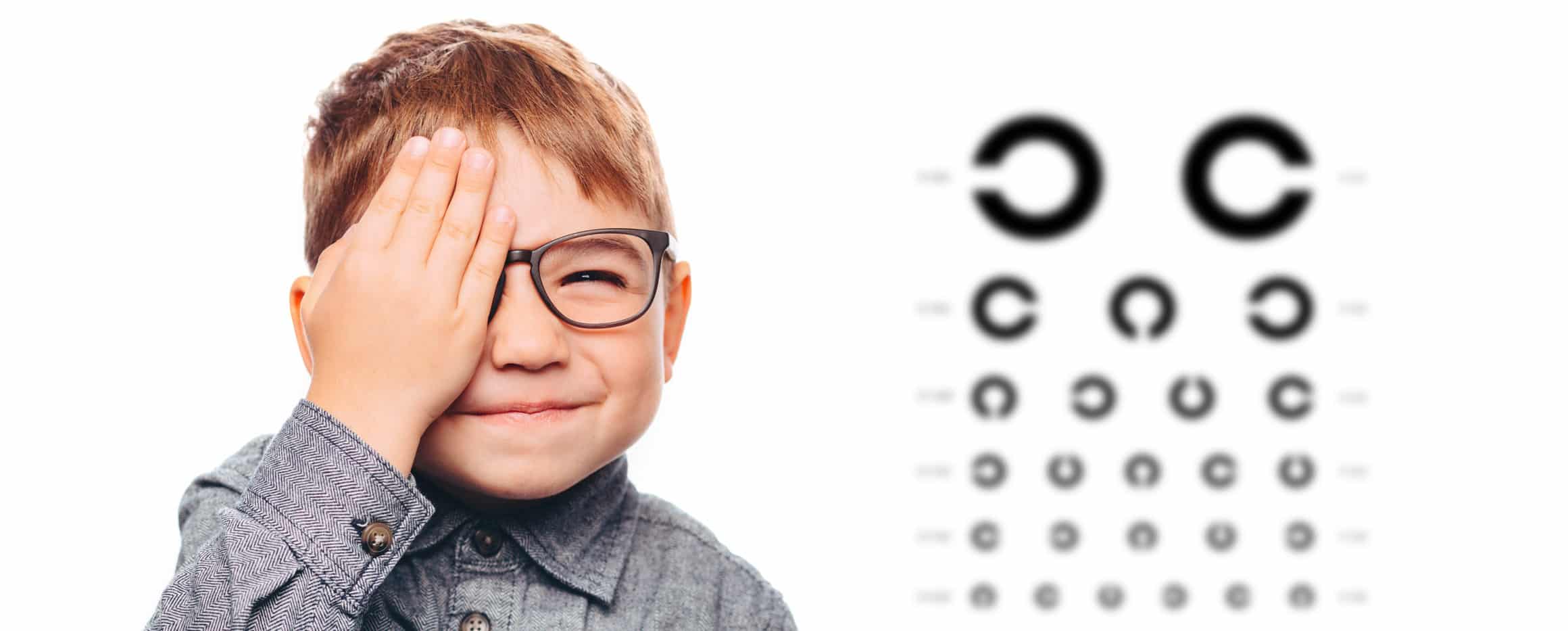
For something that is so valuable to our quality of life, it’s amazing how people take their eyes for granted. That’s unfortunate because just a little bit of preventive attention through regular comprehensive eye exams at any of our four Longwood Eye & LASIK Center locations can head off many eye conditions and diseases that can really impact your vision…and your life.
What is Tested During an Eye Exam?
Eye exams are so much more than simply telling a person he or she has 20/20 or 20/100 vision. We take these exams very seriously and continually upgrade to the latest technology to not only allow us to check your refraction quality but more importantly, to look for the early signs of any type of eye disease.
Here is a list of what we test:
Refraction Assessment
As light enters the front of your eyes, the rays are bent as they reach the retina in the back of the eye. If the light rays aren’t focused onto the proper spot, you have a refractive error, things like farsightedness and the like. Glasses or contact lenses correct these errors. To fine-tune the amount of error and correction we use a phoropter, where alternate lenses are rotated in front of your eyes to find which correction gives you the best vision.


Visual Acuity Test
This old standby test uses an alphabet eye chart, also called the Snellen chart. We have you cover one eye and read the letters that get progressively smaller the farther down your read.
Vision Field Test
This determines if you have difficulty seeing in any areas of your overall field of vision. We use an automated perimetry machine where you look at a screen with blinking lights on it. You press a button each time you see a blink.
Eye Muscle Test
You simply follow an object and we watch your eye movements to check for muscle weakness, poor control, or poor coordination between eyes.
Color Vision Test
To test for any color vision problems, we show you several multicolored dot-pattern tests. There are numbers and shapes within the dot patterns. If you have some colorblindness, you won’t see the numbers/shapes in the dots.
Slit-lamp Examination
The slit lamp is a microscope that illuminates and magnifies the front of your eye. We examine your eyelids, lashes, cornea, iris, lens, and the fluid chamber in your eye.
Retinal Examination
Sometimes called funduscopy or ophthalmoscopy, this is the examination of the back of your eye, where the retina, optic disc, and various blood vessels are found. For this exam, we usually dilate your eye with eye drops. These keep the pupil from getting smaller when a light is shown on it.

Glaucoma Screening
Glaucoma is a disease where pressure builds inside your eyeball, intraocular pressure. This pressure damages the optic nerve and your vision. For this test, we usually use a puff of air shot onto the front of the eye. This measures the pressure in the eye.
Eye Exams for Children
Parents know vaccination schedules and many other timeline items with their infants. But they often have no idea when their child should first have his or her eye examined. These exams are critical, however, because poor vision can hold a child back in school performance. Plus, eye exams can catch childhood vision diseases and conditions before they can cause permanent vision damage. The American Optometric Association (AOA) estimates that from 5-10 percent of preschoolers and one-quarter of school-aged children have vision problems.
The AOA recommends that infants should have their first comprehensive eye exam at 6 months of age. Beyond that, the next eye exam should be at age 3, and then again just before the child enters kindergarten or first grade, around age 5 or 6.

How Often Should An Eye Examination Be Performed?
If people don’t notice anything dramatically changing with their eyes, they may go a decade between eye exams. That’s rolling the dice with sight-robbing conditions such as glaucoma, particularly after we turn 40.
Here is the timeline from the AOA for when everyone should get an eye exam:
- Children 5 years and younger — Children under three should see a pediatrician to check for the most common eye problems, such as lazy eye. Otherwise, children between 3 and 5 should see the team at Longwood Eye & LASIK Center for their eye examination.
- School-age children and teens — Your child needs his or her vision checked before they enter first grade. From there, vision should be checked every one or two years to be sure their refraction/vision correction prescription hasn’t changed.
- Adults — If you don’t have vision problems and don’t have a family history of eye disease, this is the schedule for adults:
Every five to 10 years in your 20s and 30s
Every two to four years from 40 to 54
Every one to three years from 55 to 64
Every year after age 65
These adult numbers should increase in frequency if you wear glasses or contact lenses, if you have a family history of eye disease, or if you have a chronic disease that can affect your eyes, such as diabetes.
How Will I Know if I Need Glasses or Contacts?
Comprehensive eye exams at the Longwood Eye & LASIK Center include refractive assessments to measure your vision in comparison to perfect 20/20 vision. By utilizing this test, we can tell if you are farsighted (meaning you see objects at distance better than up close), nearsighted (up-close vision is good, distance vision is not as good), or have astigmatism (your cornea is more oblong shaped than round so that it doesn’t focus properly at different distances).
Based on this test, we will give you a prescription that has your vision correction broken down along with the level of astigmatism you have, if any. The phoropter test equipment tells us exactly what changes you need to see perfectly. During this test, we will flip between different potential refraction changes while asking you which of the alternatives is better than the other.
Will a Standard Eye Exam Test For Eye Conditions or Diseases?
Yes, we check for every possible eye disease or problem such as cataracts, glaucoma, macular degeneration, and more. The reason for this is simple — most of these conditions don’t exhibit early symptoms, so they may cause vision damage before you even know you have it. That’s why we need to see you regularly for your eye exams.

Does Insurance Cover Eye Exams?
Most insurance treats eye exams as preventive care and covers the exam. However, insurance plans and coverages vary widely, so it’s best to contact your carrier and find out.
Schedule A Consultation
If you are interested in scheduling an eye exam, contact our office today! Call 1-800-676-5050 to schedule a consultation.




